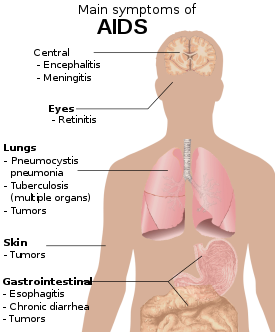Day 8 of BEDA!
We’re already one week down, I hope you’re enjoying the blogs so far. Today I’m going to give you the quick and dirty facts on blood. Why we need it and what do different blood types actually mean! Either way here are 6 common questions about blood answered!
What is blood?
The dictionary defines blood as:
the fluid that circulates in the principal vascular system ofhuman beings and other vertebrates, in humansconsisting of plasma in which the red blood cells, whiteblood cells, and platelets are suspended
What are the main functions of blood?
Blood is like the transport system of your body that is pushed round by the heart. It distributes nutrients, oxygen, hormones, antibodies and cells specialized in defense to tissues and collects waste such as nitrogenous wastes and carbon dioxide from them.
What is blood made from?
Blood is made of a liquid and a cellular portion. The fluid part is called plasma and contains several substances, including proteins, lipids, carbohydrates and mineral salts. The cellular components of blood are also known as blood corpuscles and they include erythrocytes (red blood cells), leukocytes and platelets.
What are the different blood types?
There are four main blood groups, A, B, O and AB.
- blood group A – has A antigens on the red blood cells with anti-B antibodies in the plasma
- blood group B – has B antigens with anti-A antibodies in the plasma
- blood group O – has no antigens, but both anti-A and anti-B antibodies in the plasma
- blood group AB – has both A and B antigens, but no antibodies
Red blood cells sometimes have another antigen, a protein known as the RhD antigen. If this is present, your blood group is RhD positive. If it’s absent, your blood group is RhD negative.
Therefore you can be one of eight blood groups, A+, A-, B+, B-, O+ (like me!), O-, AB+ and AB-. Some blood groups are rarer than others (see below photo) and some blood groups are more prevalent in different races.

Photo credit: Quora
Why is it important that blood types match when giving blood transfusions?
Because of the different antigen present on different blood types it’s important that the donor blood has the same antigens as the recipient. If a donor has red blood cells with antigens not present in the red blood cells of the recipient (a lack of transfusion compatibility), the immune system of the recipient recognizes these molecules as actual antigens (or rather, foreign substances) and triggers a defense response, producing specific antibodies against those antigens. The transfused red blood cells are then destroyed by these antibodies and the recipient may even die.

Photo credit: NaijCast.com
Are there blood diseases?
Unfortunately yes, there are many different kinds of blood diseases. Some blood diseases include Leukemia and lymphoma which are blood cancers.

Photos of blood types – Photo credit: Zimmer
On a side note most people can go and give blood! I do as often as I can. In the U.K. you can give a blood donation (that doesn’t really hurt at all apart from a couple of sharp scratches) and get many free snacks (biscuits and juice galore!), they will then tell you where your blood has been used. 1 blood donation can save up to three lives! It’s an amazing thing to be able to help total strangers. If you are interested you can sign up here – https://www.blood.co.uk/
ThatBiologist Everywhere!
Twitter
Facebook
Instagram

If you like this you might like these blogs too!
- 6 in 60 – The Blood
- 7 Weird Things That Can Kill You
- 6 in 60: Number 26 – Heart











